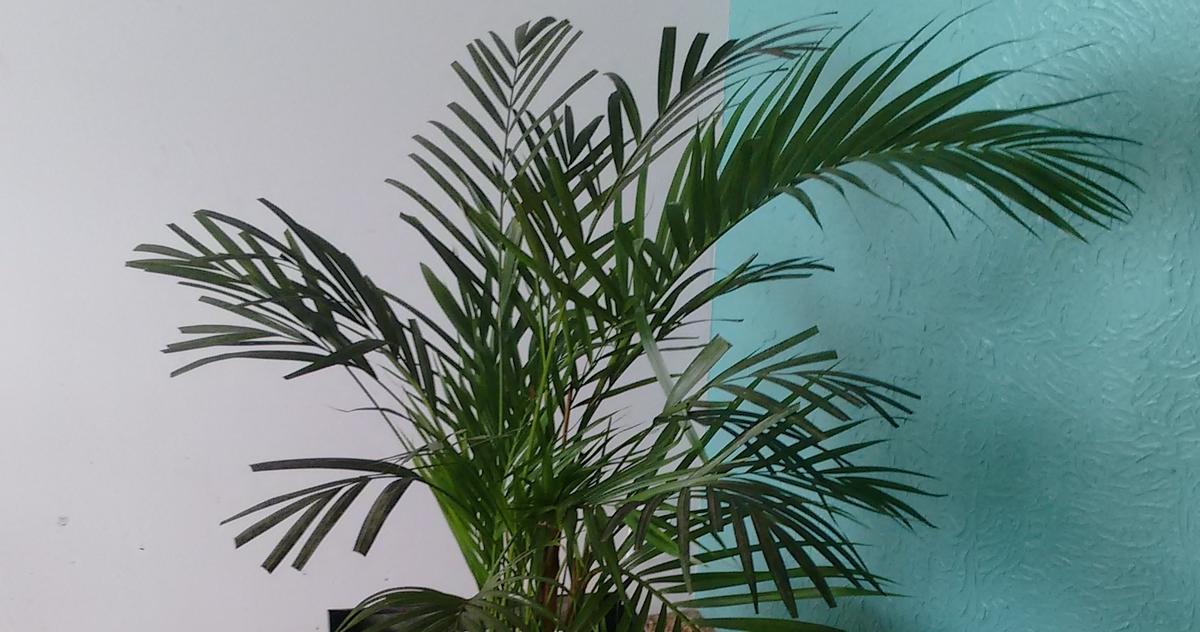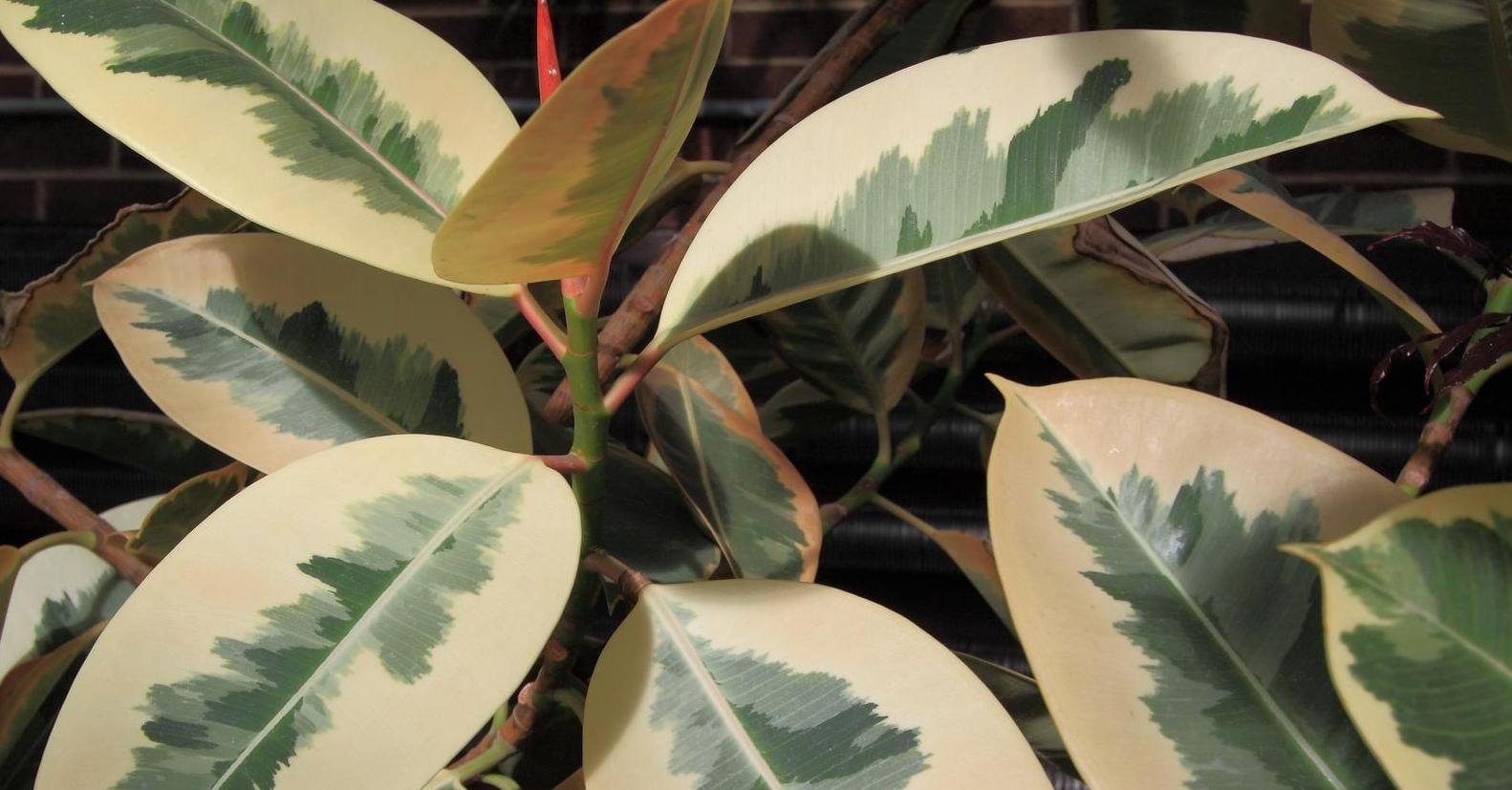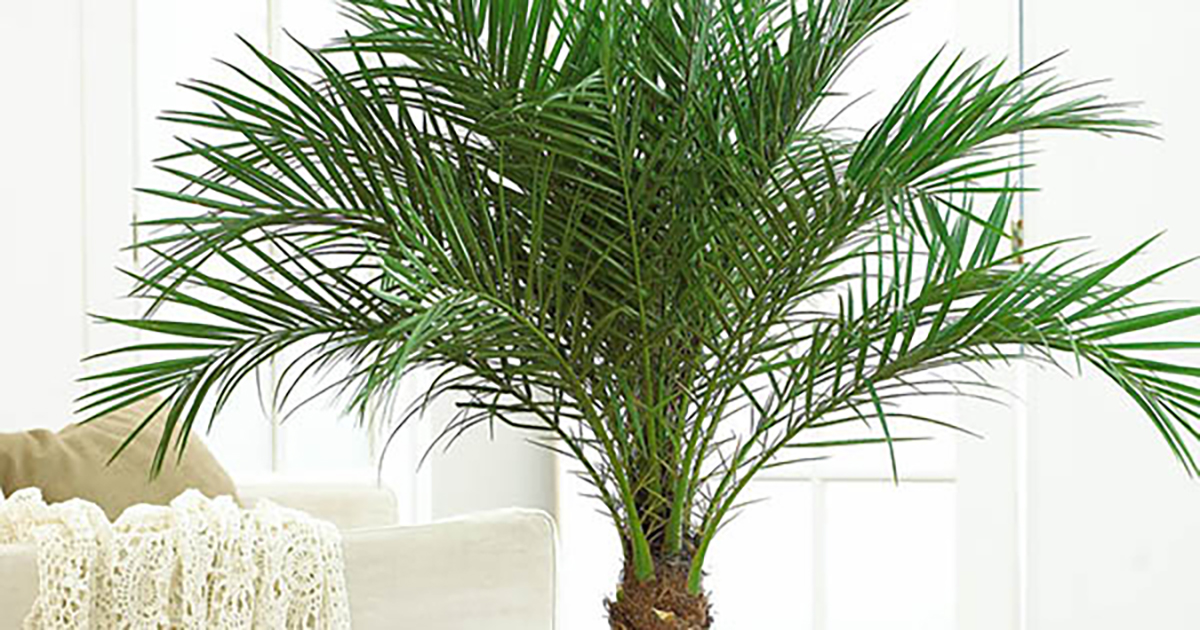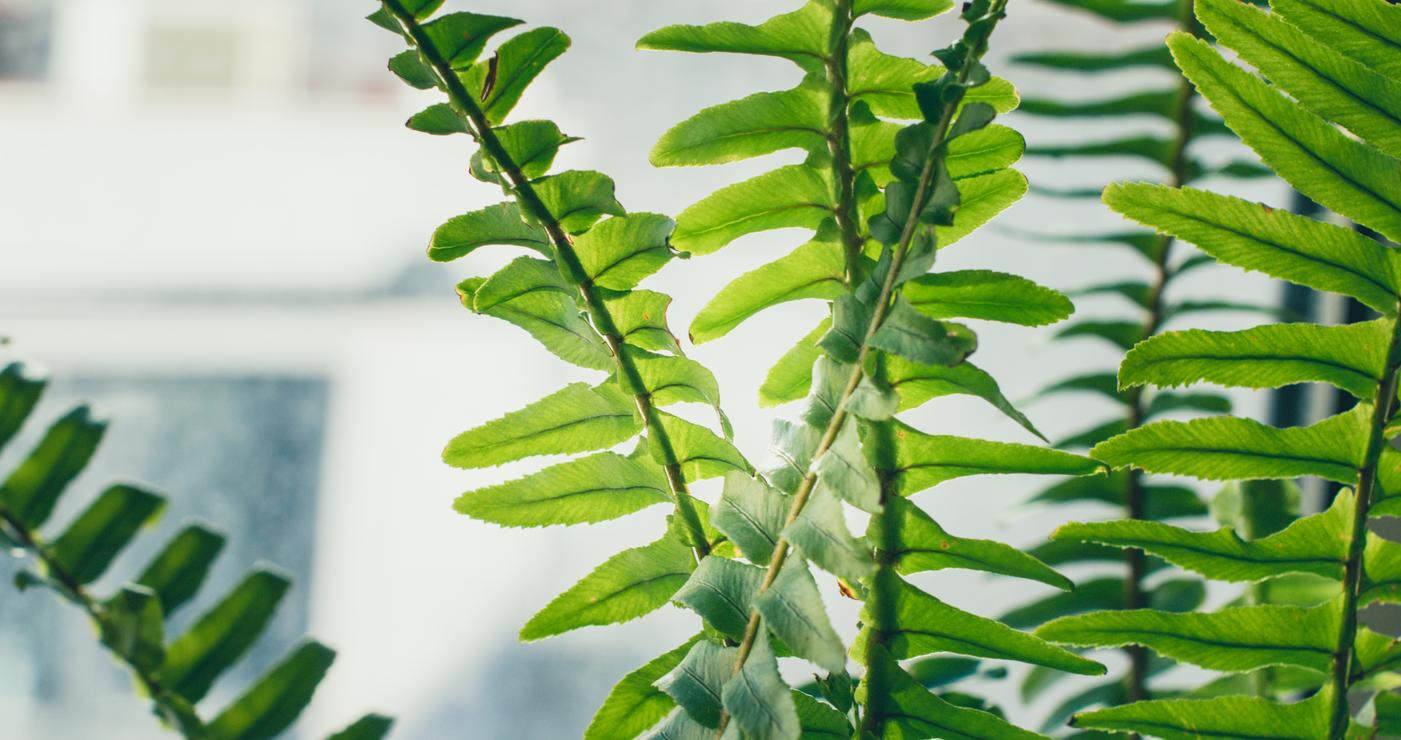Best Indoor Plants For Your Health
Indoor plants have long been prized for their aesthetic effects and adding a bit of extra oxygen to the air. They also keep air temperatures down, increase humidity, and reduce levels of airborne dust. In the late 1980s, NASA began a study that showed particular indoor plants had even more value regarding health. While the purpose of the study was to look for houseplants that could purify space facilities' air, finding several plants that filtered out common volatile organic compounds (VOCs), it also discovered plants aid in cleaning indoor air on Earth. Popular plants were tested for their value in filtering out common toxins like formaldehyde, which is present in foam insulation, carpets, pressed wood products, particle board furniture, cleaning agents, adhesives, and permanent-press clothes. Get to know some of these plants now.
Bamboo Palm

In the NASA study, the bamboo palm was placed third for all-around air cleanliness, including in the removal of formaldehyde. It needs a fair bit of room to grow, but the bamboo palm is relatively easy to manage indoors if you begin with a healthy plant. Seek out plants with dark green leaves, and avoid plants with brown or wilting leaves.
Transplanting when possible after purchase is the wisest practice. Aim for a container about two inches larger than the pot from the nursery when you do transplant it. The container should have adequate drainage, with the holes covered with a piece of hardware cloth to stop the plant's soil from seeping outward. These palm plants are reasonably simple to keep. When the soil surface feels dry, water it with room-temperature filtered water for even moistness. A time-released granular fertilizer during the season for growing is also essential. Always re-pot the plant as soon as it grows larger than suitable for the present pot.
Areca Palm

NASA's research found the Areca palm was the best at purifying air, ranking with the eighth highest formaldehyde removal rate. It is also one of the most commonly used palms in bright areas indoors. Its arching, feathery fronds feature up to one hundred leaflets each, making for quite the bold, attention-commanding plant. While a mature plant is costly, smaller tabletop plants are more reasonably priced and quite popular. Every year they add six to ten inches to their growth until reaching their height of six or seven feet at maturity.
These palms are one of the few types that can tolerate being trimmed without the plant taking serious harm, allowing them to be kept as mature plants indoors for their full ten-year lifespan. Areca palms require a little more attention with their watering, but the same time-release fertilizer as bamboo palms. Keep the soil only lightly moist in the warm months and allow it to dry a little between waterings during fall and winter.
Rubber Plant

The rubber plant is effective in providing moisture, eliminating bio-effluents, suppressing air-based organisms at the moment of their release in a room, and removing volatile organic compounds. Over time, these plants perform with ever greater efficiency in eliminating toxic compounds present in the air. These plants are highly tolerant of neglect, easily cared for by those with little to no experience with growing plants. They should be permitted to dry out between waterings. In fact, the rubber plant handles being under-watered much better than being over-watered. Because they can thrive in dimmer light conditions, they do well in various indoor situations. Rubber plants should be placed in an area where there is space for them to reach their full height of eight feet tall. The large leaves allow this plant to draw in large quantities of contaminants, adding to its efficiency at cleaning the air.
Dwarf Date Palm

Also known as the pygmy date palm, the dwarf date palm is simple to care for and has a display of arching leaflets that are very narrow compared to other palms. The attractive trunk is brown and up to six inches in diameter. Even outdoors, dwarf date palms only grow from six to ten feet tall, so they are quite manageable indoors. These are best suited in rooms with enough bright light to satisfy them, such as in greenhouses or conservatories, although any room with sufficient light allowance will do. Setting dwarf date palms in a window that receives the morning sun is ideal.
Dwarf date palms produce fruits that start red, turning black when they reach full ripeness and aren't typically eaten. They prefer moist and fertile soil, relying on good drainage. Dwarf date palms should be watered deeply; water should be dripping through the pot's bottom when you finish. The soil should be allowed to remain moist, but not soaking wet, as a plant sitting in water can suffer root rot. This palm also benefits from granular slow-release fertilizer.
Boston Fern

NASA's study found the Boston fern to be the most effective at removing formaldehyde; in fact, the plant removes significantly more each hour than the other plants examined. This fern is also good for eliminating heavy metals from the soil, such as arsenic and mercury. Boston ferns are very popular for their beauty, particularly in hanging baskets that allow their fronds to trail over the edges.
The Boston fern has graced interior plant arrangements since Victorian times and is noted for how easy it is to care for. These plants need cool places with indirect light and high humidity, particularly in winter. One way to provide extra moisture is to mist it once or twice weekly. The soil should remain damp; dry soil is the leading cause of indoor ferns' death. Give it water if the soil feels dry at all. Keep the peat moss fully hydrated, soaking the pot monthly and letting it drain. Yellow leaves indicate the humidity is too low for the plant.
